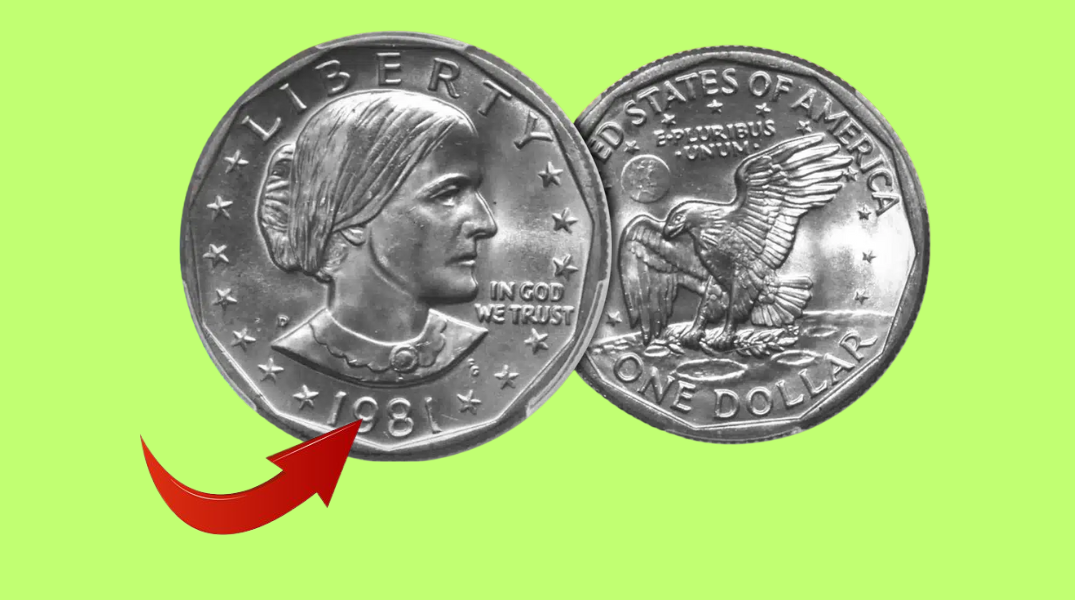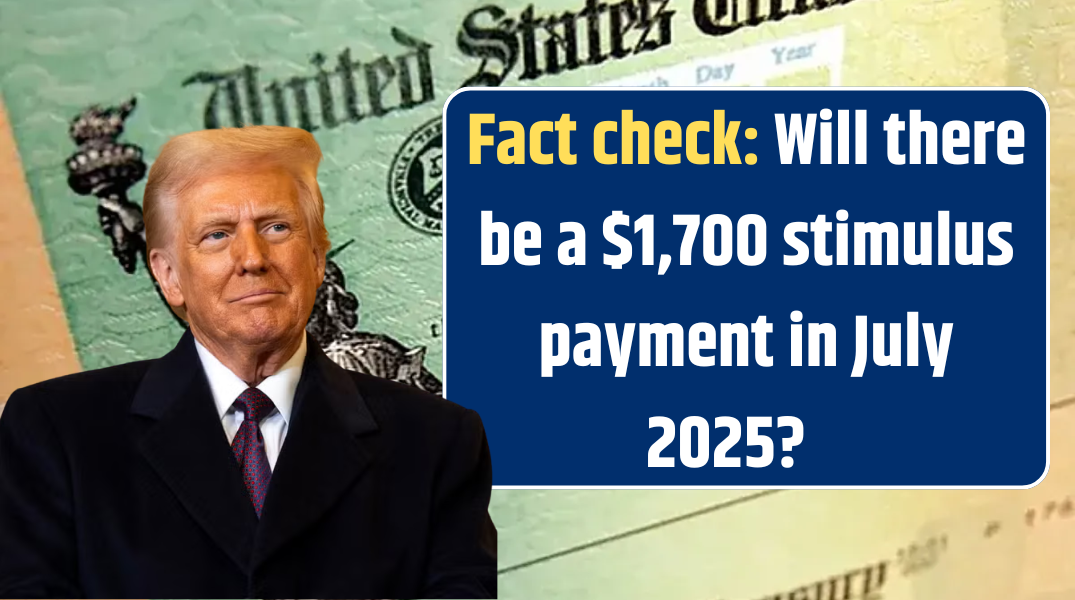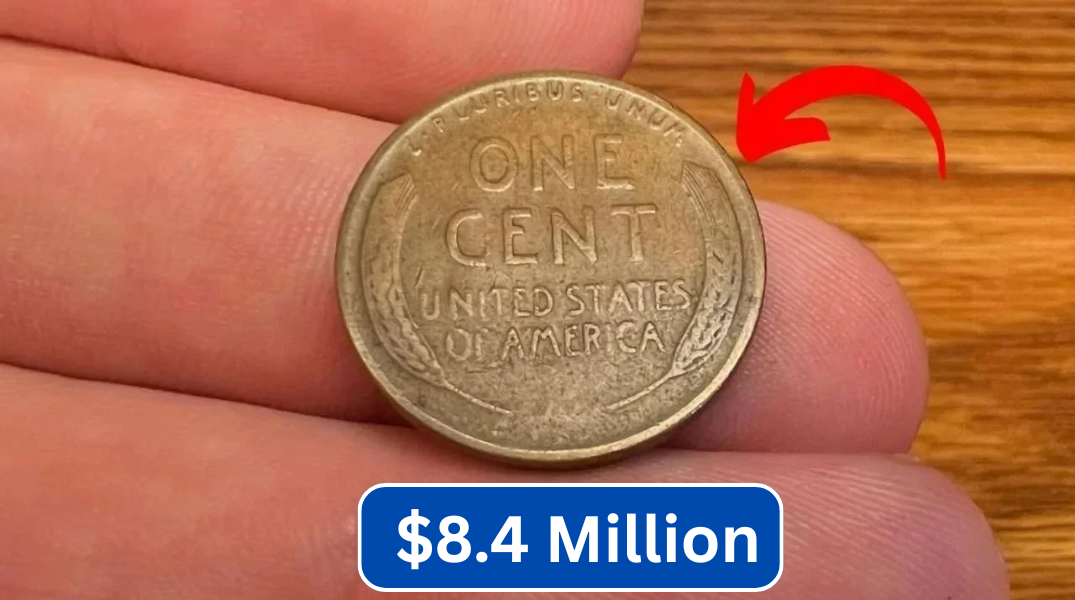As inflation continues to strain household budgets across the country, millions of Americans are counting on one reliable source of income—Social Security. With over 70 million people depending on monthly payments, the program has become more than a benefit—it’s a financial anchor in turbulent times.
Whether you’re a retiree, someone with a disability, or the surviving spouse or child of a deceased worker, July’s Social Security payments are already rolling out. Here’s everything you need to know about when they arrive, how much you can expect, and why these checks matter more than ever in 2025.
How Social Security Benefits Are Structured
The Social Security Administration (SSA) provides three core types of benefits, each designed to support different life circumstances:
-
Retirement Benefits – Based on your 35 highest-earning years and the age at which you claim
-
Social Security Disability Insurance (SSDI) – For people with long-term disabilities that prevent them from working
-
Survivor Benefits – Provided to the spouses, children, or dependents of deceased insured workers
These programs are supported by payroll taxes (FICA) and calculated based on your past earnings and total work credits.
When Are Payments Arriving in July 2025?
For most recipients, the SSA issues payments according to your birth date. Here’s the payment schedule for this month:
| Birthday Range | Payment Date |
|---|---|
| 1st – 10th | Wednesday, July 10 |
| 11th – 20th | Wednesday, July 17 |
| 21st – 31st | Wednesday, July 24 |
If you started receiving Social Security before May 1997 or get SSI in addition to Social Security, your check is generally sent on July 1.
How Much Are People Getting in July 2025?
Payment amounts vary depending on the type of benefit and your personal earnings record. Here are the national averages:
| Benefit Type | Average Monthly Payment |
|---|---|
| Retired Workers | $2,000.00 |
| Disabled Workers (SSDI) | $1,581.97 |
| Survivor Benefits | $1,566.66 |
| Max Retirement Check | $5,108.00 |
While the maximum retirement benefit is quite high, most people receive far less—often just enough to cover essential costs like rent, groceries, and medications.
What You Can Do With Your Check This Month
Here’s a proactive idea: instead of watching your check disappear into bills, consider putting $25–$50 aside for these often-overlooked needs:
-
Emergency stash: Even $100 saved over two months could cover a surprise doctor visit or utility bill.
-
Prescription discount plans: Many pharmacies offer discount memberships—some costing just $10 annually.
-
Community programs: Check local senior centers or nonprofits for free financial or wellness workshops.
-
Side income booster: Use part of your check to buy materials for a hobby you can turn into small-scale income (like crafting, tutoring, or pet-sitting).
Security Reminders for Social Security Recipients
Stay alert to fraud. The SSA will never call, email, or text you asking for personal information. If you receive a suspicious message or call:
-
Hang up or delete it immediately
-
Report it via www.ssa.gov
-
Use official SSA channels to check your payment or status
Frequently Asked Questions (FAQs)
Q1: What should I do if I haven’t received my payment yet?
A: Wait at least 3 mailing days after your scheduled date. First, check with your bank. If it’s still missing, contact the SSA at 1-800-772-1213.
Q2: How can I change my direct deposit information?
A: Visit SSA.gov and sign into your my Social Security account. You can update your bank information online securely.
Q3: Can my payment amount change month-to-month?
A: Not typically, unless you’re subject to income-based adjustments or started/stopped another benefit like SSI or Medicare premiums.
Q4: Will I still receive a paper check?
A: Not unless you qualify for an exemption. The SSA now requires electronic payment via direct deposit or a Direct Express debit card for nearly all recipients.
Q5: How can I maximize my future Social Security payments?
A: Delaying your claim past Full Retirement Age (FRA) boosts your monthly benefit. Waiting until age 70 can earn you up to 8% more per year.
Final Thoughts
July’s Social Security payments are more than just numbers in a bank account—they’re a symbol of economic security for millions of Americans. In a time of rising expenses and shrinking savings, understanding your payment schedule, staying vigilant against scams, and managing your benefits wisely can make a big difference.









